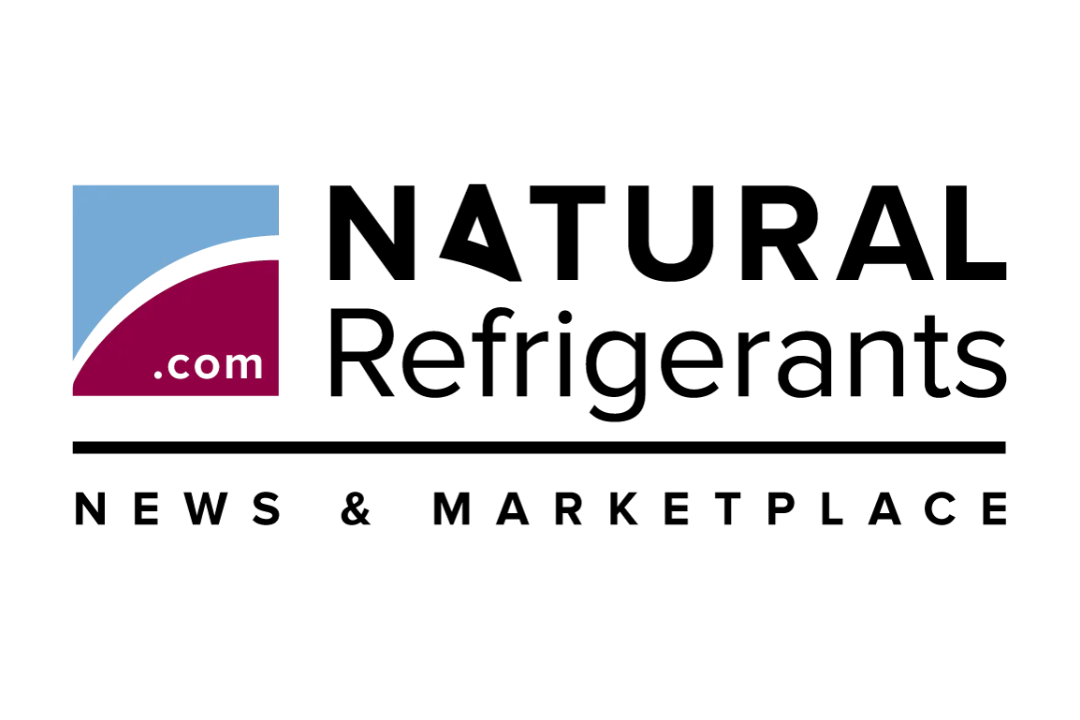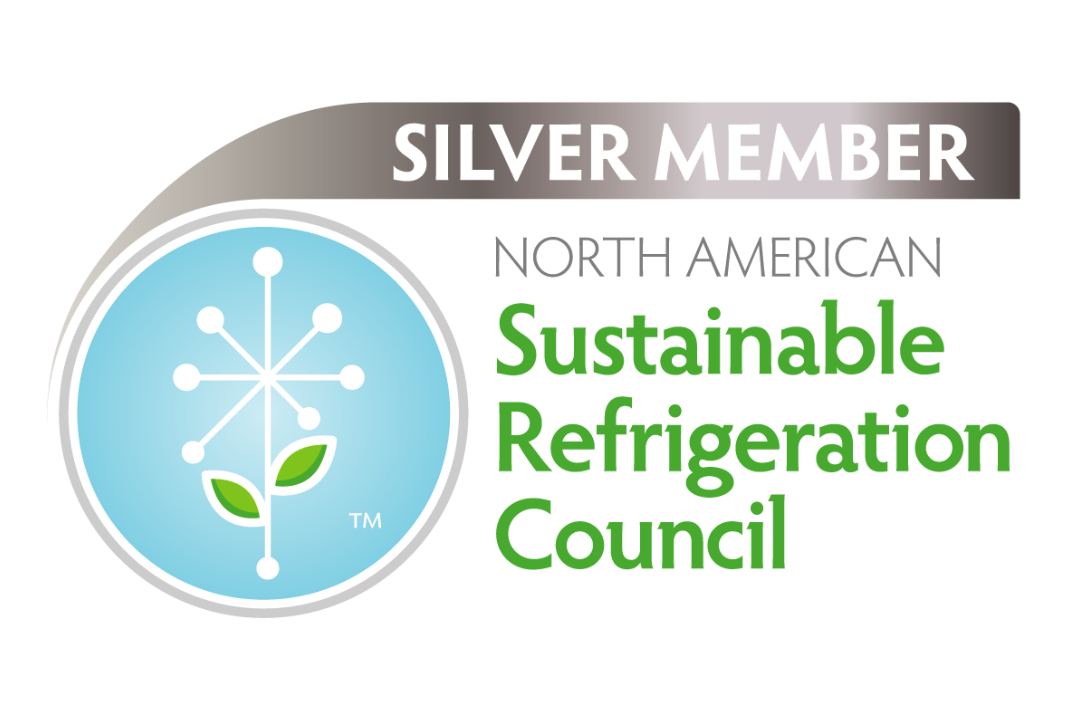The Rise of CO2 (R-744) Refrigeration Systems
Carbon dioxide (CO2), commonly known as R-744 in refrigeration, is gaining widespread adoption as a sustainable refrigerant. As industries shift away from synthetic refrigerants like hydrochlorofluorocarbons (HCFCs) and hydrofluorocarbons (HFCs), CO2 refrigeration stands out for its eco-friendly properties. R-744 is a natural refrigerant with zero ozone depletion potential (ODP) and an ultra-low global warming potential (GWP), making it a preferred choice for sustainable cooling solutions.
Why Choose CO2 Refrigeration?
CO2 refrigeration is highly effective in medium- and low-temperature applications, particularly in commercial refrigeration, industrial cooling, and heat pump systems. While R-744 has a lower volumetric cooling capacity than some synthetic refrigerants, its high efficiency, widespread availability, and non-toxic nature make it a reliable and future-proof option. Additionally, CO2 can be easily recycled and reused, further promoting sustainability in refrigeration technology.
Applications of CO2 Refrigeration
CO2 refrigeration (R-744) is gaining momentum across various industries due to its efficiency, sustainability, and regulatory stability. Some key applications include:
Supermarkets & Retail Refrigeration
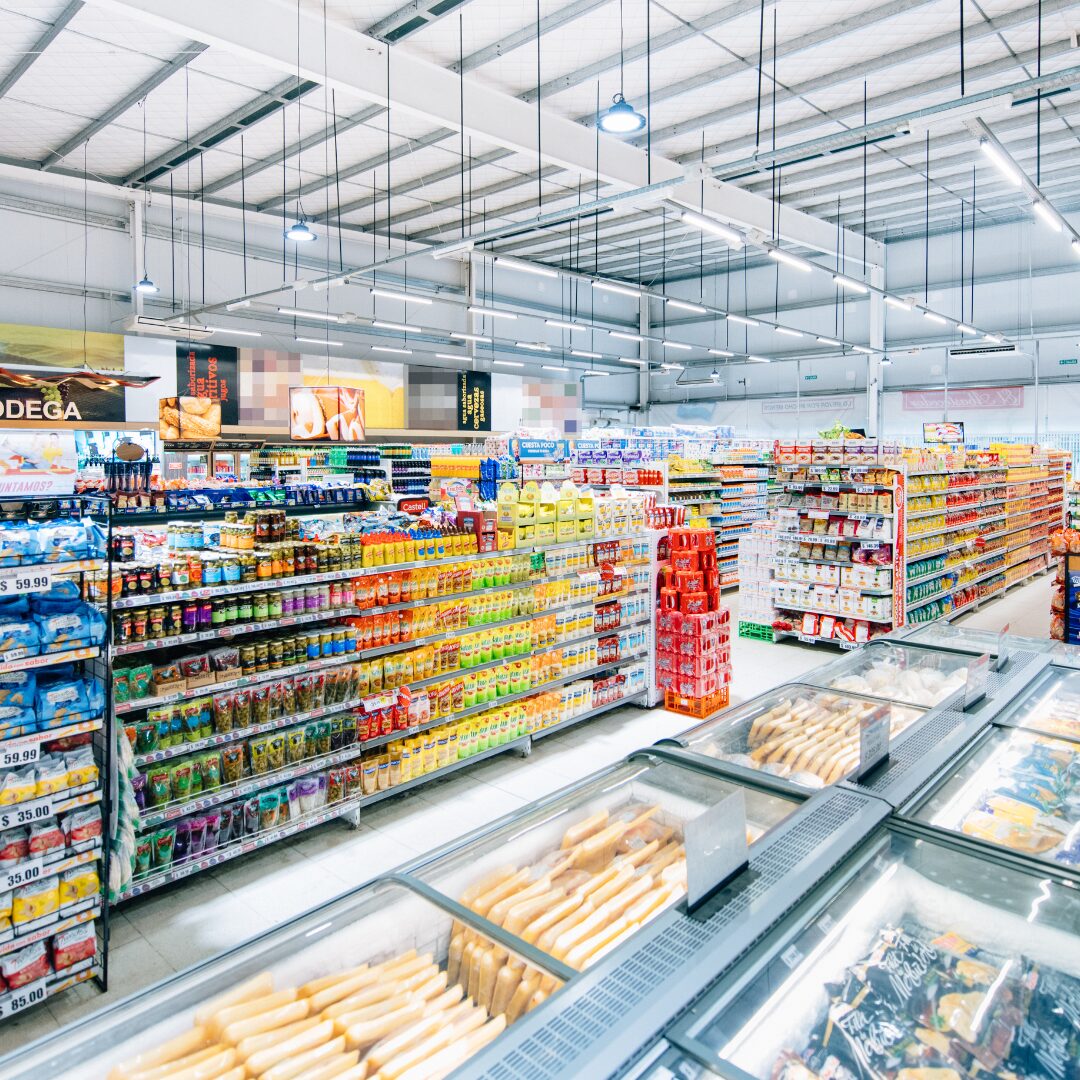
CO2 transcritical systems are becoming the standard in supermarkets and grocery stores, replacing HFC-based systems. Their ability to operate efficiently in large-scale, multi-temperature environments makes them ideal for food preservation.
Cold Storage & Industrial Refrigeration
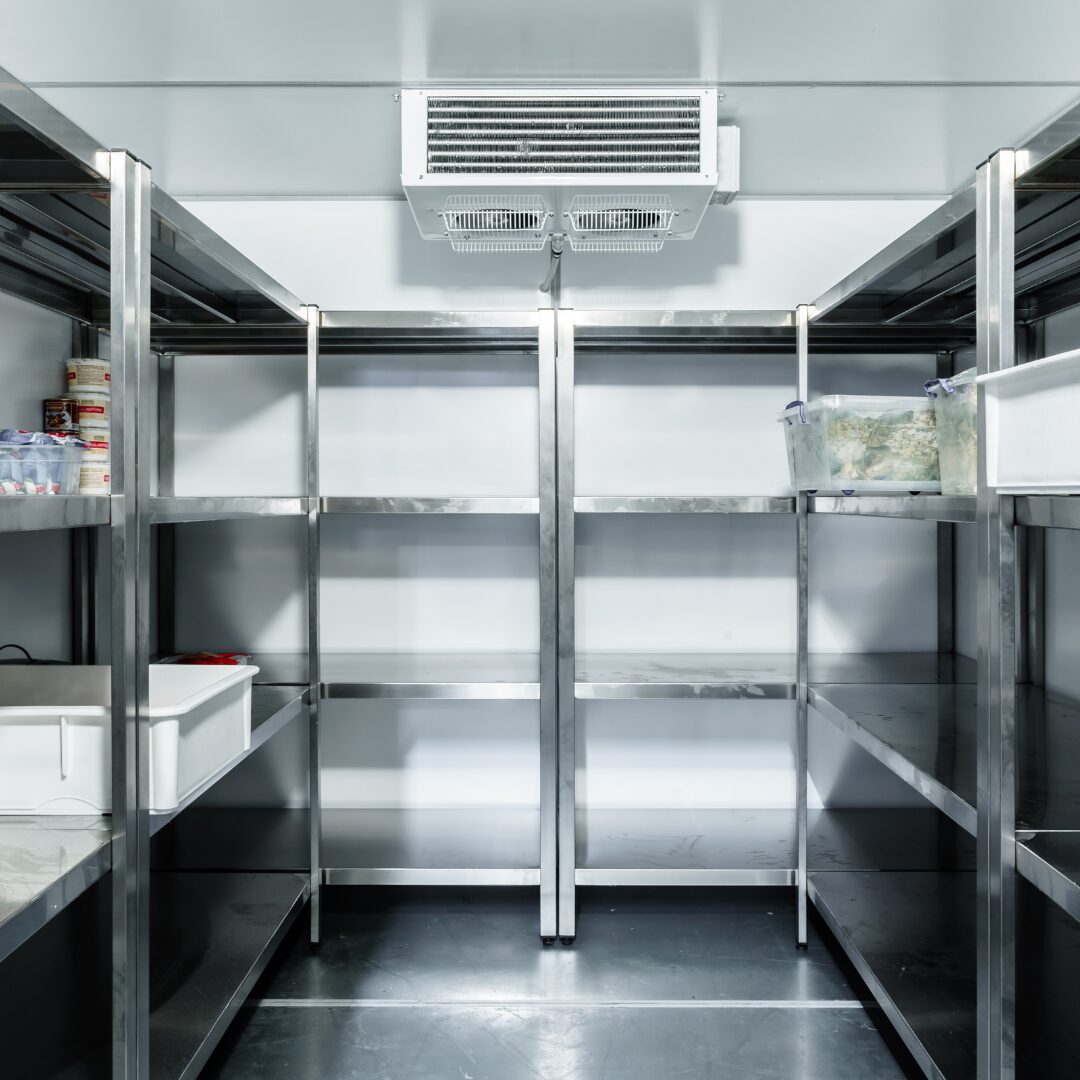
Many distribution centers, food processing plants, and refrigerated warehouses are turning to CO2 refrigeration for low-temperature cooling. In cascade systems, CO2 is often paired with ammonia (R-717) or other refrigerants for optimal efficiency in deep freeze applications.
Heat Pumps & Water Heating Systems
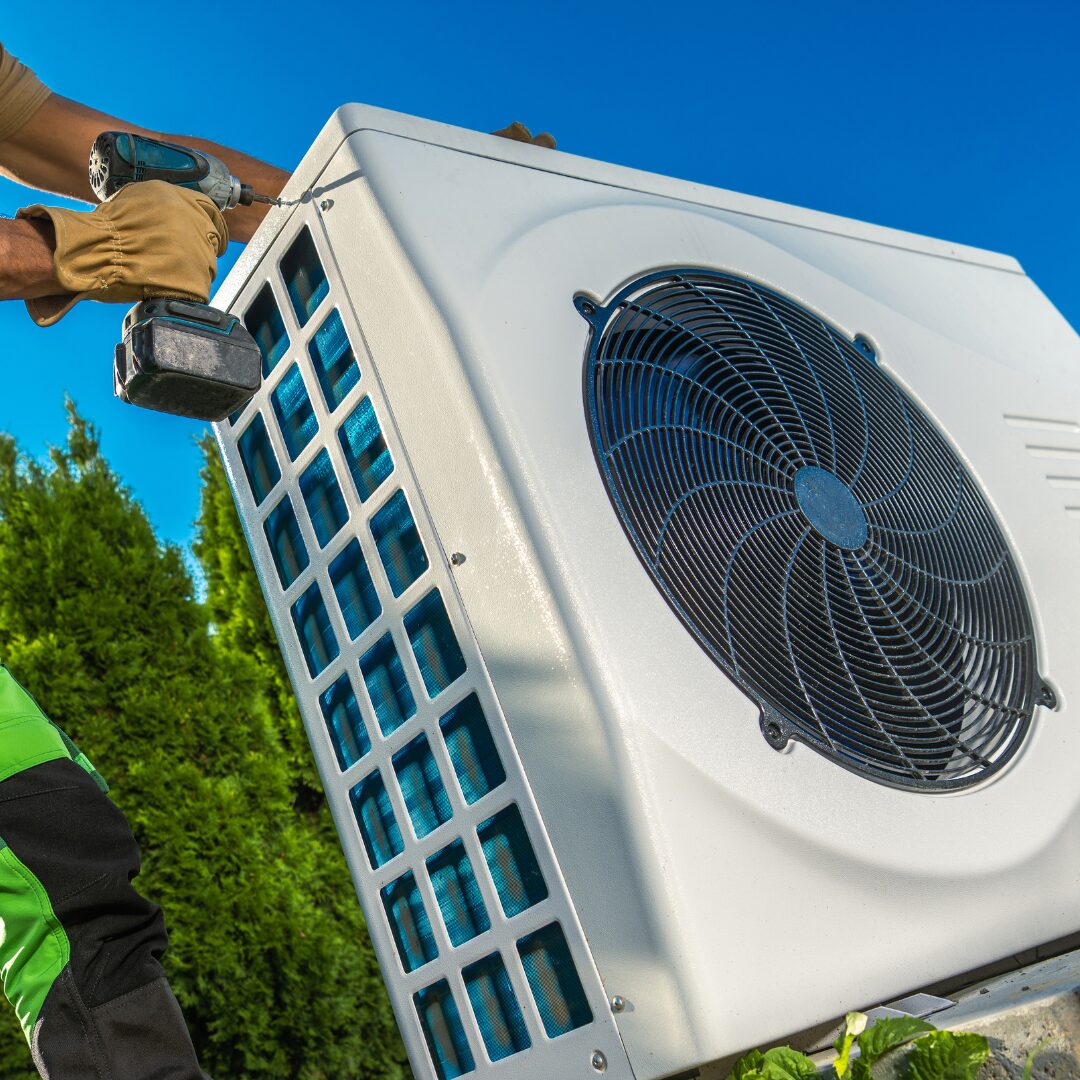
CO2 heat pumps are gaining traction for their high coefficient of performance (COP) and ability to efficiently transfer heat in cold climates. These systems are used for domestic and commercial water heating, offering a low-carbon alternative to traditional electric or gas water heaters.
Key Characteristics of CO2 Refrigeration Systems
- Critical Temperature and Pressure
CO2 has a critical temperature of 31.1°C and a high critical pressure of 7.38 MPa (73.8 bar, 1070 psi). - System Design Considerations
R-744 systems often require specialized components due to higher operating pressures, but advancements in CO2 refrigeration technology have made these systems increasingly viable and efficient. - Long-Term Cost Savings
Although CO2 refrigeration systems can have more complex designs, their energy efficiency and lower environmental impact can lead to significant cost savings over time.
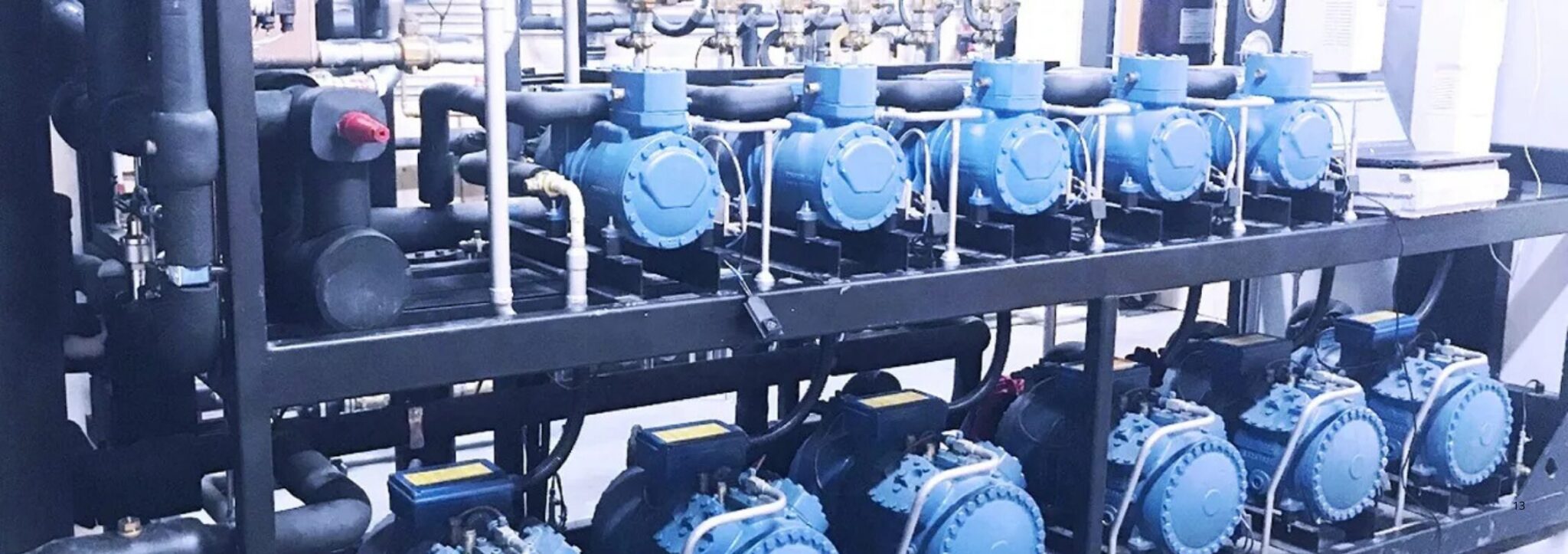
CO2 Refrigeration Systems: Pros & Cons
As the demand for sustainable cooling solutions grows, CO2 refrigeration (R-744) has emerged as a leading alternative to synthetic refrigerants. Below is a breakdown of the key advantages and challenges of using CO2 (R-744) refrigeration systems.
Pros
Cons
While CO2 refrigeration systems require a higher initial investment and specialized handling, their long-term efficiency, environmental benefits, and regulatory stability make them a compelling option for commercial and industrial refrigeration.
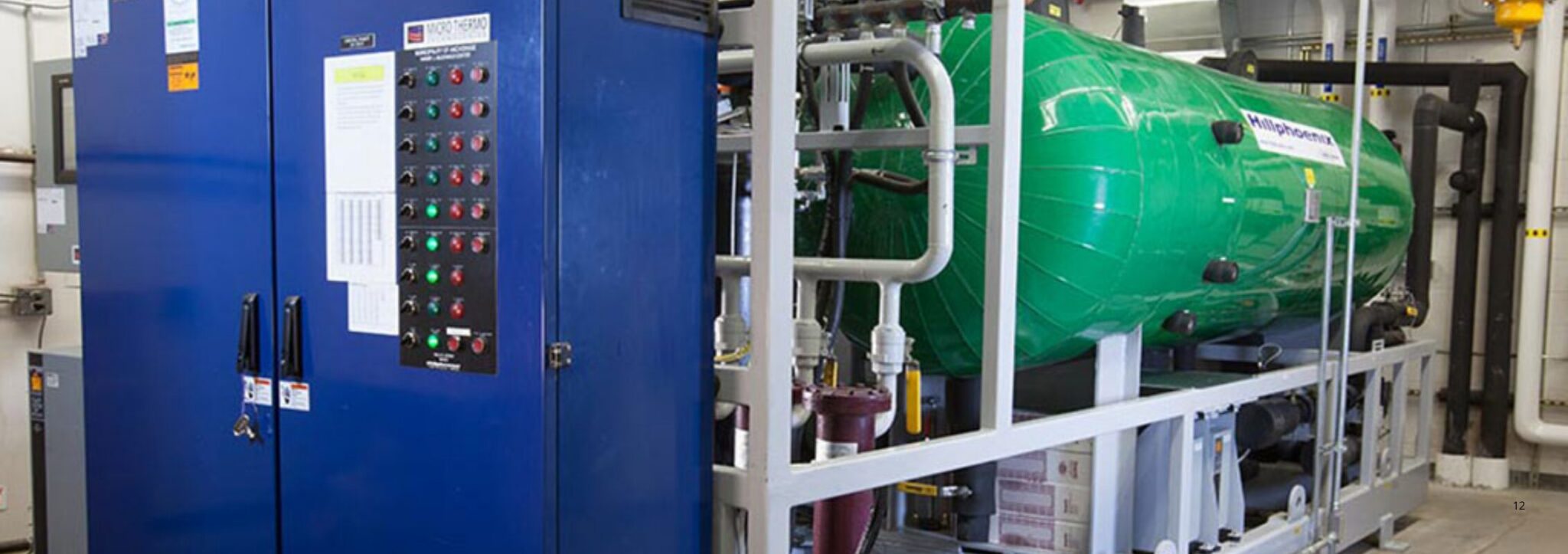
Comparing CO2 (R-744) to other Natural Refrigerants
CO2 (R-744) is one of several natural refrigerants gaining industry acceptance. Here’s how it compares to other common alternatives:
CO2 (R-744)
Ammonia (R-717)
Hydrocarbons (R290, R-600a)
When selecting a refrigerant, consider the specific needs of your system—CO₂ (R-744) excels in environmental sustainability and versatility for commercial refrigeration and heat pumps, while Ammonia (R-717) offers high efficiency for large-scale industrial use, and Hydrocarbons (R-290, R-600a) are eco-friendly options for small systems but require attention to their flammability and design limitations.
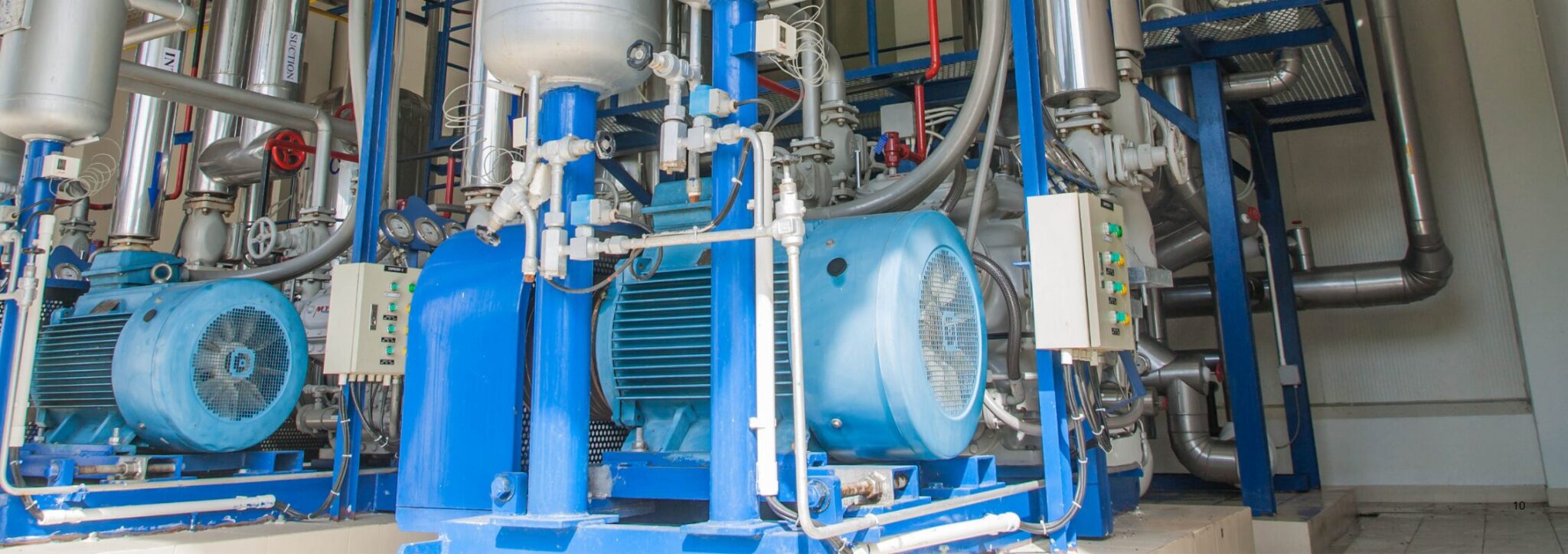
CO₂ refrigeration offers a compelling solution for modern refrigeration systems due to its environmentally friendly properties, high efficiency, and versatility across various applications. Whether used in commercial refrigeration, industrial settings, or heat pump systems, CO₂ (R-744) stands out as a safe and sustainable option, especially with its zero ozone depletion potential and low global warming potential. While it does present challenges, such as high operating pressures and system complexity, the benefits it offers in terms of long-term sustainability and performance make it a solid choice. When comparing CO₂ to other natural refrigerants like ammonia and hydrocarbons, it becomes clear that CO₂ is well-suited for diverse applications, providing a reliable, eco-friendly alternative to traditional refrigerants. The decision to adopt CO₂ should take into account factors like system design, safety, and environmental goals, but its advantages continue to make it an attractive choice in the refrigeration industry.

